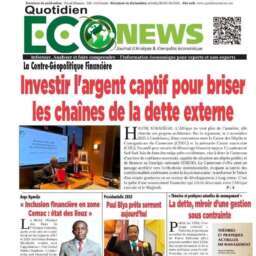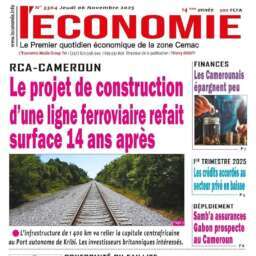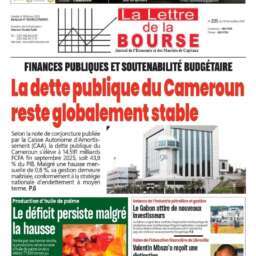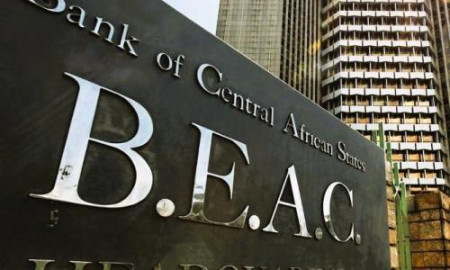- (Business in Cameroon) – The Bank of Central African States (BEAC) raised its weekly liquidity offer to CFAF 800 billion, a record level for the CEMAC sub-region.
- The move addresses a marked increase in commercial banks’ demand for liquidity, signaling strong credit market dynamics.
- The BEAC previously cut its key interest rate (TIAO) in March 2025 to support the financing of regional economies.
The Bank of Central African States (BEAC), the central bank for the Economic and Monetary Community of Central Africa (CEMAC), has increased its weekly liquidity offer to commercial banks to CFA800 billion. This region includes Cameroon, Congo, Gabon, Equatorial Guinea, Chad, and the Central African Republic. The decision occurred during a liquidity injection operation organized on October 28, 2025, establishing a record level of refinancing in the sub-region.
The issuing institution has offered such a volume for the first time. This increase occurs within a context of a marked acceleration in commercial banks’ liquidity demand. The two preceding operations, held on October 7 and 14, involved offers of CFA750 billion each, while demand reached CFA817 billion and CFA786 billion, respectively.
Sector experts believe this liquidity tension reflects the dynamism of the credit market across the CEMAC zone. Generally, banks resort to refinancing from the BEAC when economic agents’ demand for loans exceeds their own resources.
To support this dynamic, the central bank had already lowered its Tender Interest Rate (TIAO) from 5% to 4.5% in March 2025, following more than two years of consecutive increases designed to contain inflation. This monetary easing has fostered a progressive rise in credit institutions’ demand for liquidity, consequently prompting the BEAC to gradually increase its offer: from CFA200 billion at the start of 2025 to CFA800 billion today.
While this measure aims to support the financing of the sub-region’s economies, some analysts suggest it could also exert upward pressure on bank interest rates applied to economic agents, given the persistent vigor of credit demand.
This article was initially published in French by BRM
Adapted in English by Ange Jason Quenum

































